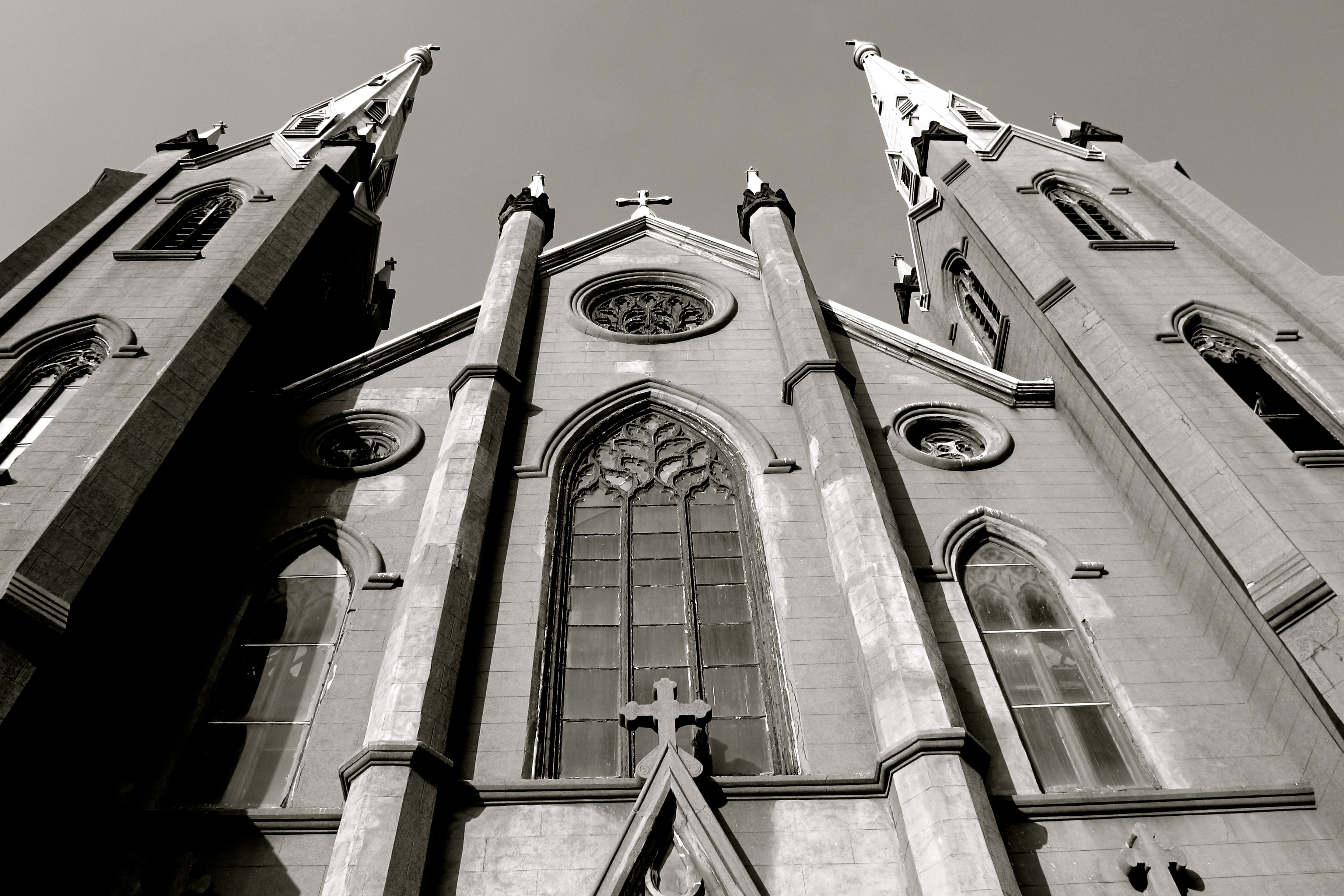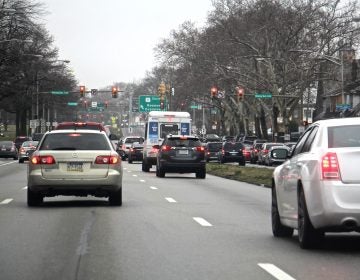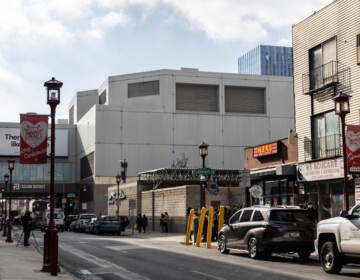Preservation Hardship Primer

From the ongoing saga of the Penn-owned property at 40th and Pine to the meandering case of Church of the Assumption on Spring Garden Street, we have preservation hardship on the mind.
So, what is preservation hardship anyway?
When a property is listed in the Philadelphia Register of Historic Places, the Historical Commission regulates changes to the exterior of the property (and some designated interiors too). But in extraordinary circumstances, property owners may argue for relief from these regulations on the grounds of hardship.
Owners claiming “financial hardship” must demonstrate that their property cannot be reasonably used or adapted by any owner for any purpose. Other owners may get permission to demolish or substantially alter a designated building in the service of an overriding “public interest” – an interest they must argue is of greater public value than the building’s preservation.
But that’s just the tip of the hardship iceberg. And since we’ve been talking so much about hardship lately, here is a deeper look at the way preservation hardship is designed to work in Philadelphia. Warning: this gets nerdy, but we hope it helps.
1. Hardship is a necessary escape valve.
Hardship is intended for situations where restoration, redevelopment, reuse, and resale alternatives for a historically designated building are not feasible. In essence, hardship is an escape valve to be used only when all other options are exhausted. Hardship provisions exist to ensure that preservation regulations don’t deprive property owners of the ability to use their property.
As part of its hardship decision-making process, the Philadelphia Historical Commission considers information about ownership tenure, property appraisals, building expenses and income, real estate listings, and the owner’s consideration of different “profitable” or “adaptive” uses for the property. The Commission may also request a study of preservation-minded alternatives uses be performed at the owner’s expense.
The outlet provided by hardship is important because without it local preservation ordinances could be seen as unconstitutional. Why? In extreme situations preservation requirements might be so onerous that they could constitute a regulatory taking of private property without just compensation. For this reason, hardship is a common feature of preservation ordinances nationally.
2. There are different types of hardship.
Financial Hardship
Financial hardship is the most commonly used type, and is the hardship that Penn claimed at 40th and Pine and Siloam used for Church of the Assumption.
Under the Historical Commission’s rules, financial hardship is when “a building, structure, site, object, or public interior portion of a building or structure cannot be used for any purpose for which it is or may reasonably be adapted.” A finding of financial hardship allows the Commission to consider applications to “alter or demolish an historic property that may not otherwise satisfy the Commission’s review standards.”
In the current appeal of the hardship finding at 40th and Pine, the appellants are arguing that Penn did not do enough to determine if any owner could reasonably adapt the historic, but badly altered Italianate mansion. Penn contends that its attempts to solicit developer proposals and find an alternative university-related function for the property during its decade of ownership constituted a good-faith effort to find a new use for the building.
There is an additional provision for financial hardship applications made by nonprofit property owners. These allow the Commission to consider greater flexibility based on the particular conditions of a nonprofit-owned property, including the owner’s financial capacity. Although nonprofits owned both 40th and Pine (Penn) and Church of the Assumption (Siloam) the Commission did not avail itself of the alternate standards that apply to financial hardship cases brought by nonprofits.
Unnecessary Hardship
In a similar sense, there is a type of hardship that can provide relief for low- and moderate-income individuals who would be unduly burdened by the literal enforcement of the city’s preservation regulations. The Commission’s rules explain that this type of hardship provision was created “out of concern and consideration for low and moderate income persons. This provision also recognizes that in such instances, the preservation of basic form and rhythm rather than restoration can meet the objectives of the ordinance and the Commission.” In other words, this type of hardship is about finding ways to more flexibly interpret preservation regulations to enable alterations/repairs to designated buildings owned by low- and moderate-income individuals. The Commission reviews an owner’s recent tax returns (confidentially) and other personal financial information (eg. extraordinary medical costs) as part of its consideration of unnecessary hardship.
Public Interest
Sometimes owners can convince the Commission to approve alterations it otherwise might not agree to (or outright demolition) if the “permit is necessary in the public interest.” That means that the alteration/demolition proposed must be of such great public value that it outweighs the public’s interest in the building’s preservation.
Public interest hardship cases are argued infrequently. The few cases that have been successfully pursued under this hardship provision (like the Curtis Institute of Music’s expansion on Locust Street) share a few commonalities: (1) The public interest goal is broadly beneficial. (2) The particular physical location/proximity of the property in question is of paramount importance in order to achieve the desired broad public interest.
The most recent successfully argued public interest case was the Episcopal Cathedral’s proposal to demolish brownstones it owns on 38th Street near Chestnut. Representatives for the Episcopal Cathedral argued that in order to perform its social services, fulfill its role as a religious institution, and meet the church’s preservation and maintenance needs, it needed permission to demolish two brownstones. The brownstones would be replaced by a developer-built residential tower, which would in some way subsidize the church. The argument wasn’t convincing to advocates Preservation Alliance’s John Gallery who thought the broader public interest wasn’t sufficiently compelling, but the Commission was persuaded.
3. Financial hardship focuses on the particular conditions of a property.
Philadelphia’s Preservation Ordinance [pdf] and the Historical Commission’s Rules and Regulations [pdf] require owners to prove that “a building, structure, site, or object cannot be used for any purpose for which it is or may be reasonably adapted.” The basic test for financial hardship, then, is about the building, not the financial means of its owner.
Applicants must demonstrate that the particular conditions of a building prevent a wide variety of alternative uses by any possible owner. Strictly speaking, financial hardship is intended for situations when the condition, configuration, or location of a building renders “reasonable” reuses and the realization of any return on investment impossible. But it’s that reasonableness test that leaves these hardship applications up to interpretation.
For the Commissoin to support an alteration under the financial hardship provisions, the applicant must explore alternative uses for the property and prove it cannot be reasonably adapted or reused. To justify a demolition under the city’s financial hardship provisions, an owner must “demonstrate that sale of a property is impracticable, that commercial rental cannot yield a reasonable rate of return, and that other potential uses are foreclosed.” [Emphasis mine] Here again, the determining factors are mostly about the building’s physical conditions in the context of the current local real estate market.
Consider these standards at play in the recent Church of the Assumption hardship case: Even though Siloam (the original hardship applicant) sold the building to developer John Wei, the building’s marketability wasn’t enough to persuade Court of Common Pleas Judge Idee Fox that there was no hardship. And the current appeal being argued before the L&I Review Board relates to whether or not the hardship (and the attendant demolition permit) “travels with the land,” not the owner. The City contends that the finding of financial hardship was determined as the ordinance instructs, based on the building’s condition and potential for alternative uses, so the hardship would remain true no matter which owner applied. (An appeal of the Court of Common Pleas ruling that upheld the hardship finding for Church of the Assumption is currently being pursued in Commonwealth Court.)
4. Hardship is intended as a high bar.
Saying that there are no reasonable reuses for building by any owner should be a relatively high bar to meet, achieved after exhaustive study. That said, the hardship rules are meant to accomodate extraordinary situations, so by necessity there is a lot of room for interpretation. The Commission states that its decisions are considered individually, not based on some precedent, so each hardship case is evaluated on its own merits. Some contend that the Commission arrives at its hardship findings too leniently, pehaps for fear of being sued.
5. Hardship is not designed to provide relief for individuals, developers, or organizations who make poor real estate decisions.
Ignorance of an historic building’s condition or an owner’s expectation to realize a hefty profit do not constitute hardship. If you knowingly buy a designated building that is falling apart and has code violations that you think are too costly to correct, the courts have said that financial hardship is not the refuge for you. (Unless maybe you’re a nonprofit or can make a case of extraordinary need on the basis of your income. See types of hardship above.) Owners should not expect relief if the hardship is self-created – through wilful neglect, paying too much for the building, or assuming that the city will provide a necessary permit.
Back in 1987, for example, the owners of the Old Original Bookbinders in Old City appealed for financial hardship on the grounds that it was prohibatively expensive for them to restore a vacant warehouse behind the restaurant. Instead they sought permission to raze the designated property in favor of more surface parking. But the Commission ruled against the owners, convinced by the argument that the restaurant owners paid too much money for the dilapidated historic warehouse at 149 S. Hancock St, and likely purchased it expecting relief from preservation regulations. (For years the building stood, lonely and decaying but in 2010, a redevelopment proposal for the warehouse finally began.)
WHYY is your source for fact-based, in-depth journalism and information. As a nonprofit organization, we rely on financial support from readers like you. Please give today.








